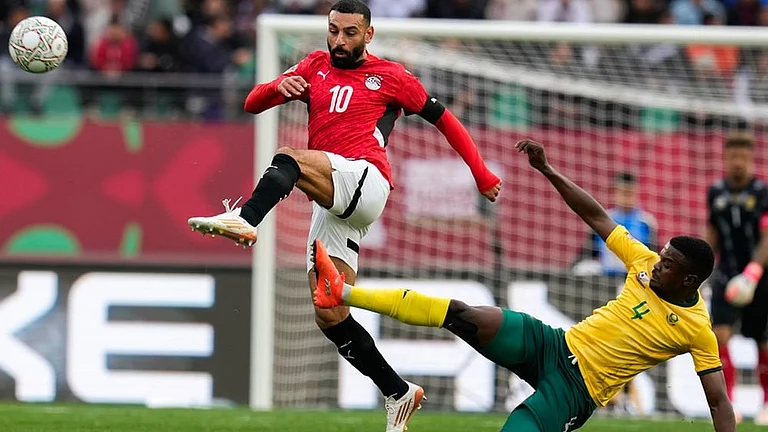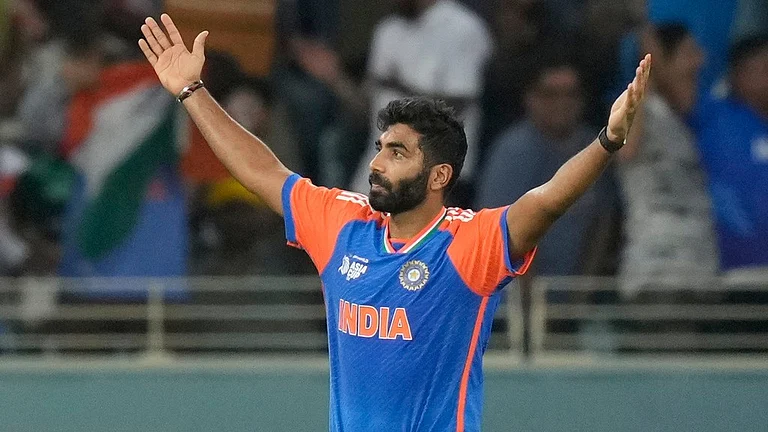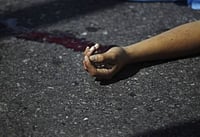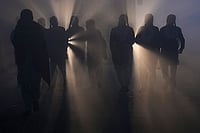IT was in May '77, bang in the middle of the span between the first two World Cups, that the radical concept of World Series Cricket (WSC) was born—the brainchild of 40-year-old Australian TV tycoon, Kerry Francis Bullmore Packer. The massive commercial takeover bid by Packer's Channel 9 was an audacious, some say subversive, assault on the mainstream. It was destined to be a raging success, much like a forest fire, and the reasons lay in the bone-dry economics of establishment cricket.
By Prudential '79, Clive Lloyd's West Indies was cricket's superpower. They were supreme, natural-born artists of the game who showed no signs of being "handicapped on the field by the hours they kept off it". They reclaimed the crown, in a style more ruthlessly dominant than in '75. For all that, they got but £10,000 (then Rs 180,000)! Actually, in grudging deference to the Packer effect—visible in a new 'player power'—Prudential Assurance had raised the total prize money by two-and-a-half times. But this was still niggardly. Lloyd, as man of the match in the '75 final, had had to rest content with a minuscule £200 (Rs 3,600). But after the '79 final, when Vivian Richards' mind-blowing 138 not out (11 fours, 3 sixes) earned him £300 (Rs 5,400), it was seen to be a largely nominal increment. Players the world over were, predictably, left feeling cheated at the end of this mega-event—they saw how, even despite Packer, they continued to get but a fraction of their true due.
Ironically, it was on May 30, '79—just nine days before the Cup kicked off with the Windies trouncing Venkataraghavan's India—that The Age, Melbourne, screamed in a banner: Packer Emerges Cricket King. After a bitter, two-year war with WSC, the Australian Cricket Board had been ground into abject submission. It had to settle for A$17 million (Rs 20 crore) while the Publishing and Broadcasting Ltd, owners of Channel 9, gained TV ascendancy for the next 10 years. The bastion of tradition had fallen. And, with the entry of sophisticated TV, a new cricketing age was heralded.
This turned the '79 Cup into the touchstone by which cricket was to be tested in terms of money power. In its first season, WSC had earned a revenue of A$2.5 million (Rs 30 million) from advertising, gate receipts, royalties and film-clips. Against an expense of over four million, this meant a hefty deficit but WSC made up in the next season. Its 11-week cricket calendar here produced attendances tot-alling 700,000—a three-fold jump. As Packer's Supertests left their scars on conventional cricket, patrons began to show a partiality for the quick-fire one-dayer, especially of the day-and-night variety.
The talents WSC spirited away read like a Cricketers' Who's Who. It never became quite clear how much Packer paid each player but the names speak for themselves. From Australia, the gallery included the Chappells, Lillee, Marsh, Gary Gilmour, Pascoe and, briefly, Thommo (he was to defect back). The line-up of non-Australians was more breathtaking. Tony Greig, as captain and of South African origin, lassoed in Barry Richards, Pollock, Mike Proctor, Eddie Barlow, Clive Rice, Garth Le Roux and Kepler Wessels. By way of counter-force, from the Windies came Lloyd, Richards, Roberts, Holding, and later Greenidge, Collis King, Garner, Croft, Haynes, Deryck Murray. Then, the Pakistanis: Asif Iqbal, Imran, Majid Khan, Mushtaq, Zaheer Abbas, Sarfraz Nawaz, Miandad.(Recall the last-minute panic over whether Packer would release them for the resumption of cricketing hostilities with India. Imran wrote in his memoirs how unwanted they felt back home for that '78 series.) As Alan Knott, John Snow, Derek Underwood and Bob Woolmer joined up, Boycott made news by refusing to coach Packer's son, saying the little fellow just didn't have it in him!
The point is, Prudential '79, as we know it, just wouldn't have taken off if not for the deal with Packer, to whom all the stars were bound by contract. Alvin Kallicharan had been the lone West Indian to resist the Packer bait, so he had reason to feel scurvily treated when Lloyd & co came right back, as if they'd never left the scene! But their victory obliterated all memory of their 'doing a Packer'.
In the first-ever day-night game (November 23, '78), the Sydney ground was filled with 50,000 eager spectators. Lillee fired the first white ball at Greenidge, his tall figure stark against the black sight-screen. Later, as Roberts and Garner streaked the ball down like greased lightning, six huge light-towers were switched on—the inversion was total. Anyone who saw Packer himself selling tickets for the raucous 'Hill' knew cricket would never be the same again.


























